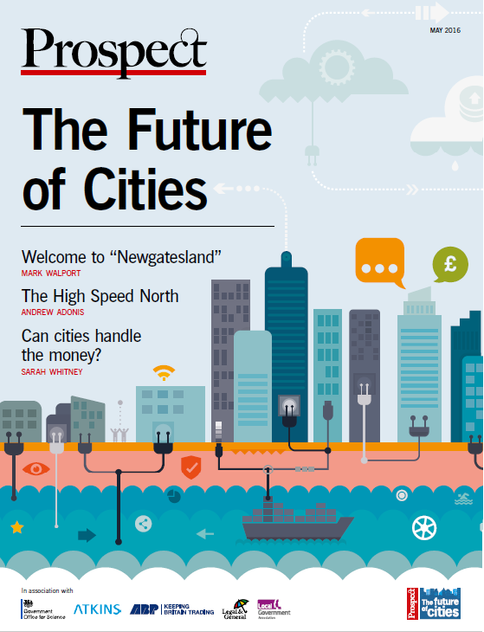
Mapping the future of the UK’s cities is a multi-faceted problem. Which of them will grow, both physically and in population, and which will shrink? Where will their inhabitants come from? How will their economies and governance evolve? How will we move around them? Who will provide their essential services? How will environmental concerns shape them?
The answers are complex, overlapping and contingent on a multitude of variables. Even estimates of how many inhabitants the UK might have vary widely, forecasts for 2062 ranging from 93m at the upper end to 66m at the lower depending on which assumptions we make about migration, life expectancy and birth rates. A range of outcomes that varies by up to 27m inhabitants leaves room for a lot of new cities.
But beneath the fascinating debates over what our future cities will look like and how we and the succeeding generations will live and work within and around them, lies a more immediate question: what do we mean when we talk about a city?
A common assumption is that cities in the UK are defined by having a cathedral, a link dating back to Henry VIII’s reformation. Monarchs ever since have periodically conferred city status on communities, Brighton and Hove joining their number in 2000 as part of the millennium celebrations. But even though cathedrals carry little weight with the scholars of the city, there is no agreed alternative to set against grand religious buildings and Letters Patent issued by the monarch.
A 2014 working paper, The Evolving Economic Performance of UK Cities, observes: “In the UK there is no single consistent or official definition that is used as the basis for the collection of economic data series on cities, nor as the basis for public policy interventions. This makes analysis, especially over time, far from straightforward.” In the absence of any settled definition, much of the current work on cities in the UK is based on the notion of Primary Urban Areas (PVAs) developed by the Centre for Cities. There are currently 64 PUAs: major towns and cities with a population of at least 125,000, largely bounded by the local authority districts into which they fall.
For the moment, that is as close as we can get to a working definition of a city in the UK. Such present uncertainty only serves to highlight the challenges of understanding the possible futures that await our city dwellers.
Welcome to "Newgatesland"
Loosening Whitehall's grip
What's the point of mayors?
Devolution: the start of a new era
Cities: the numbers
Can cities handle the money?
The evolution of travel
The lesson from the US
Time to spend cheap money
The science of cities
A trading triumph
The High Speed North
Why buildings matter
You can receive the full Future of Cities report as a fully designed PDF document. To do so, simply enter your email below. You’ll receive your copy completely free—within minutes. [prosform fields="email,forename,surname" signupcode="Cities" countrycode="GB" redirect="the-future-of-cities-is-on-its-way!"]
When you sign up for this free report, you will also join our free Prospect newsletter.
Prospect takes your privacy seriously. We promise never to rent or sell your e-mail address to any third party. You can unsubscribe from the Prospect newsletter at any time














